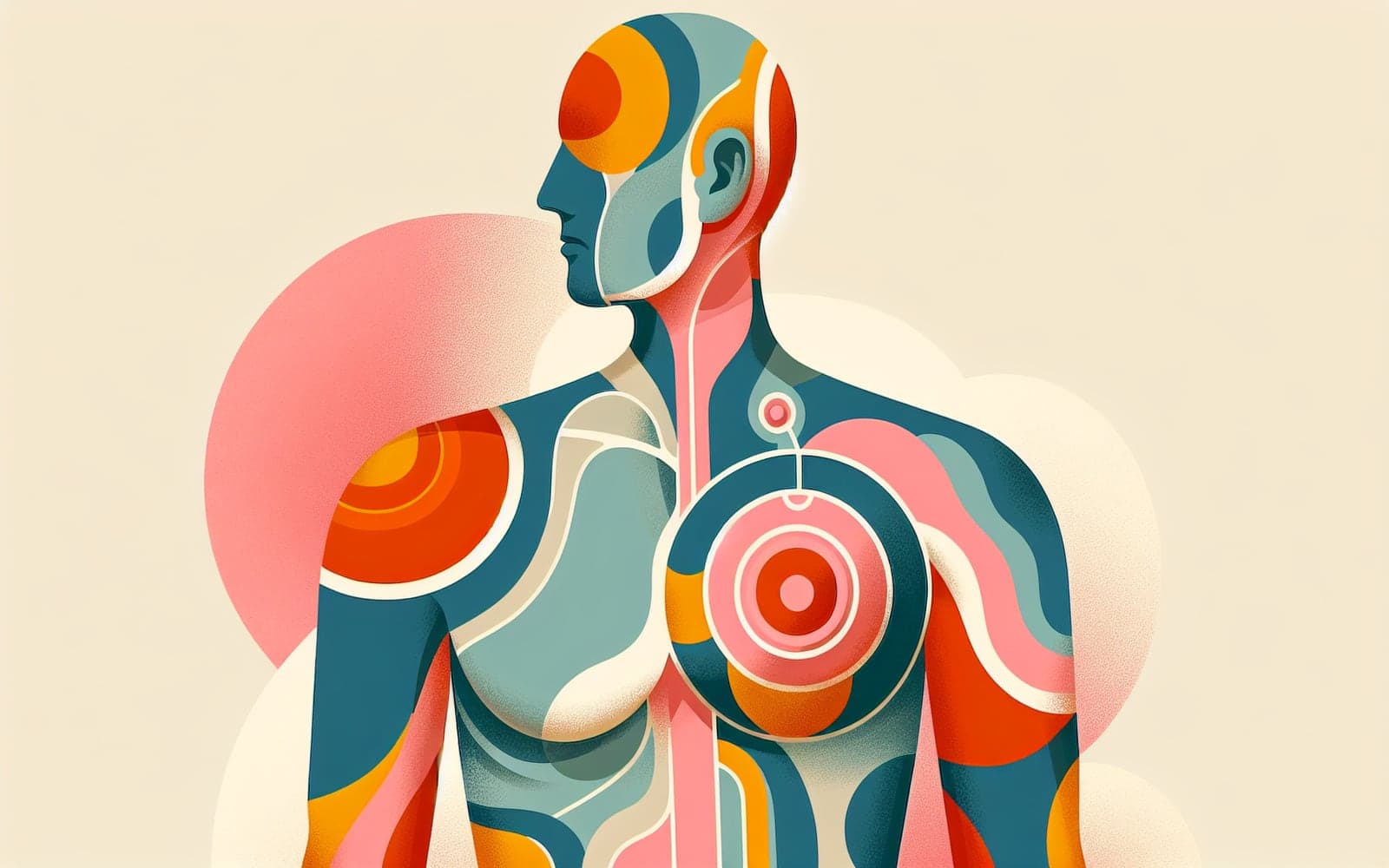What Is Gynecomastia and Why Should You Care?
Published: Aug 14, 2024

Medically reviewed by Jerome Albert Ecker | MD, Assistant Professor of Medicine, Duke University - Durham, NC on August 14th, 2024.
Gynecomastia is the growth of glandular tissue in male breasts, often leading to tenderness. Understanding its causes and features is essential for proper diagnosis and management.
Contents
What Does Gynecomastia Look Like?
Gynecomastia typically presents as a symmetrical, tender mass under the nipple. It's usually bilateral and manifests as a rubbery disk shape. The size of the glandular tissue exceeds 0.5 cm, but it can be detected more easily when it grows beyond 2 cm.
Why Does It Happen?
The condition occurs due to an imbalance in the ratio of estrogen to androgen activity, causing glandular tissue proliferation. This hormonal imbalance can arise from various factors, including medications, liver or kidney disease, and hormonal disorders.

How Is It Diagnosed?
Diagnosis relies on physical examination, identifying a mass of at least 2 cm under the nipple. It is crucial to differentiate gynecomastia from other conditions such as pseudogynecomastia, which is due to an increase in breast fat, or breast cancer, which is usually hard and immobile.
Frequently Asked Questions
It is the growth of glandular tissue in male breasts.
Through a physical exam detecting a tender mass under the nipple.
An imbalance in estrogen and androgen levels.
No, breast cancer is usually hard and not tender.
Key Takeaways
Understanding gynecomastia is crucial for distinguishing it from more serious conditions.
Learn more about gynecomastia by talking with Doctronic!Related Articles
References
Klang E, Kanana N, Grossman A, et al. Quantitative CT Assessment of Gynecomastia. Acad Radiol 2018; 25:626.
This article has been reviewed for accuracy by one of the licensed medical doctors working for Doctronic. Always discuss health information with your healthcare provider.

